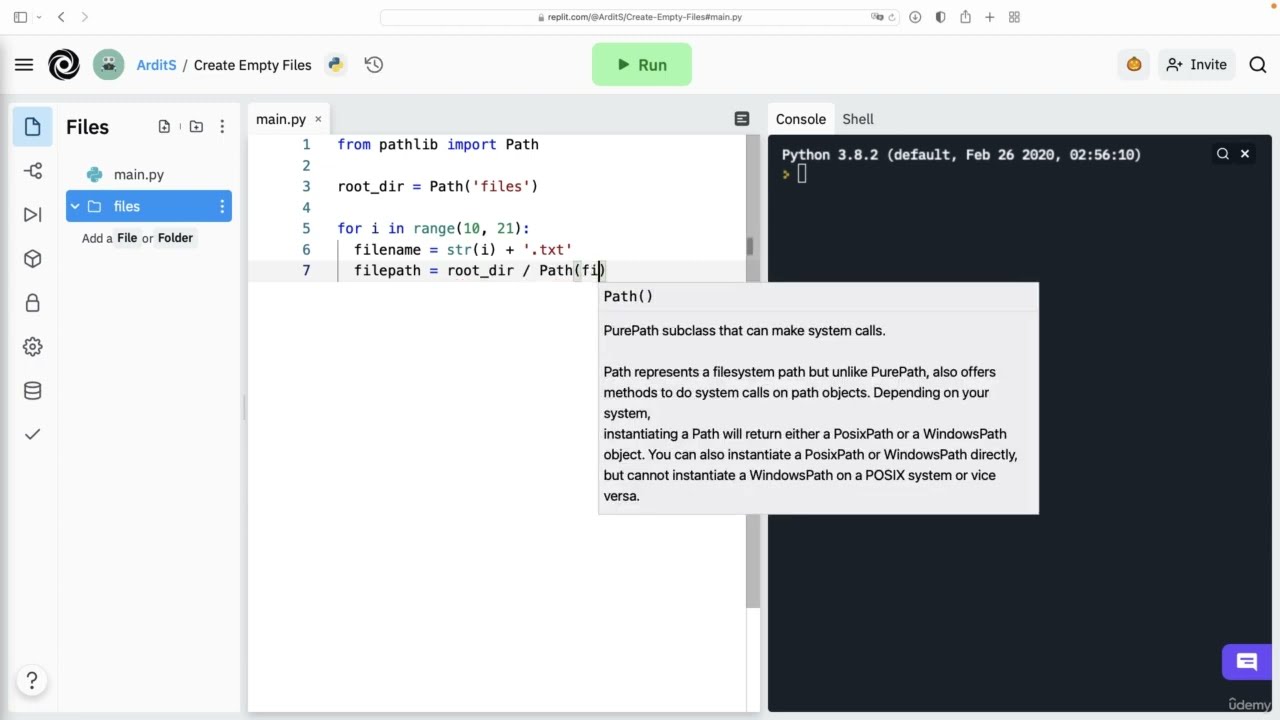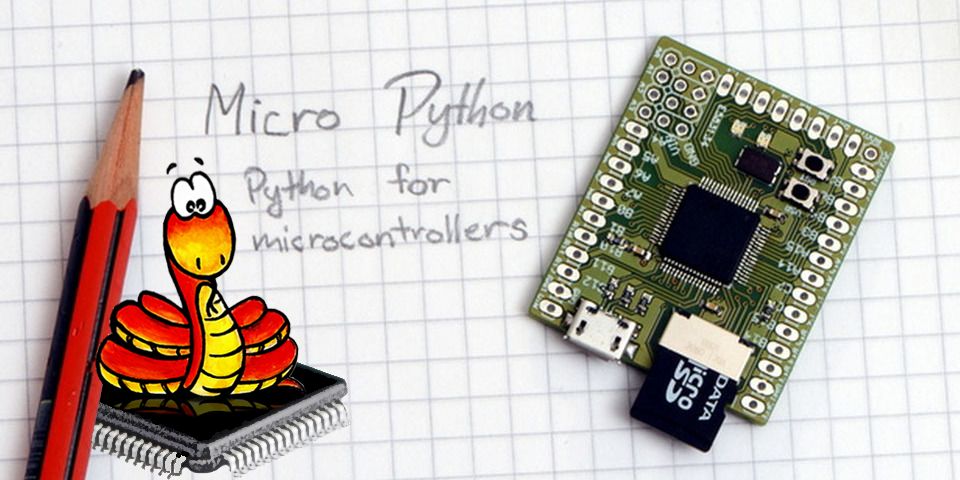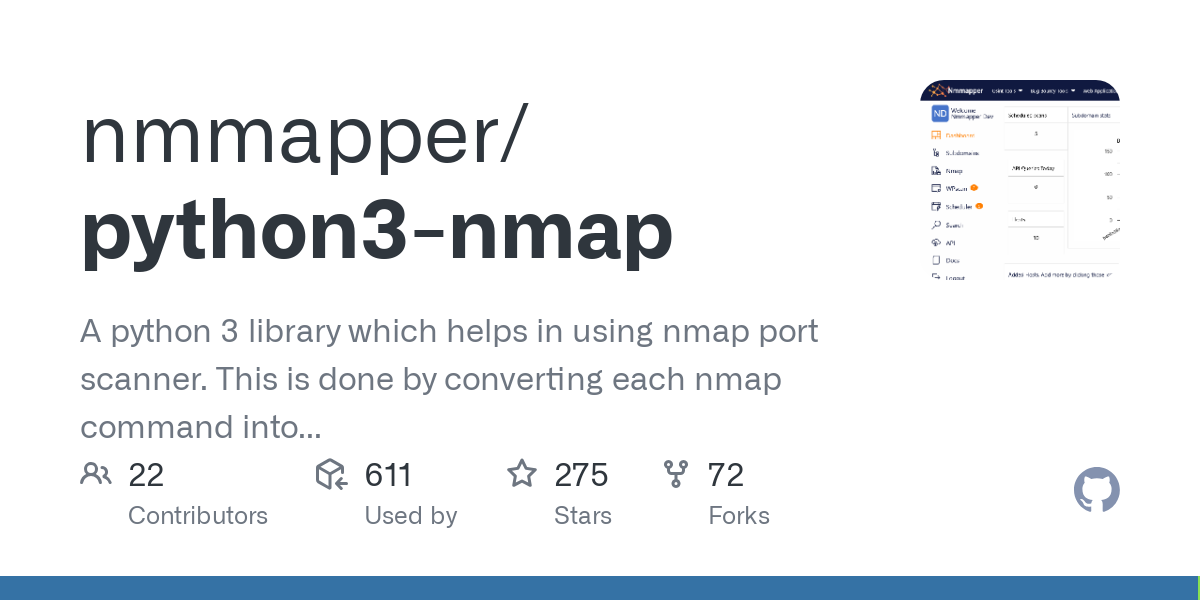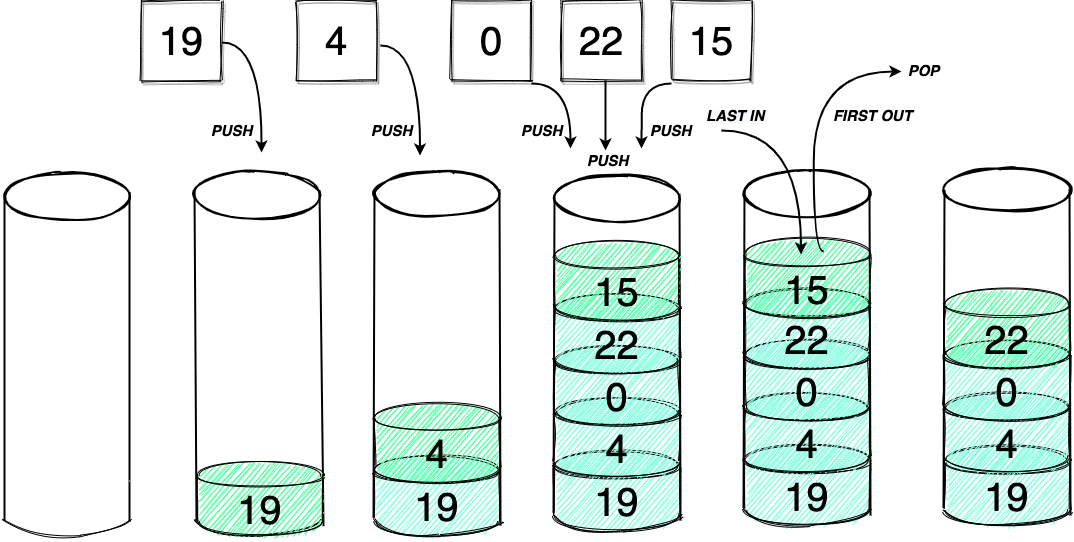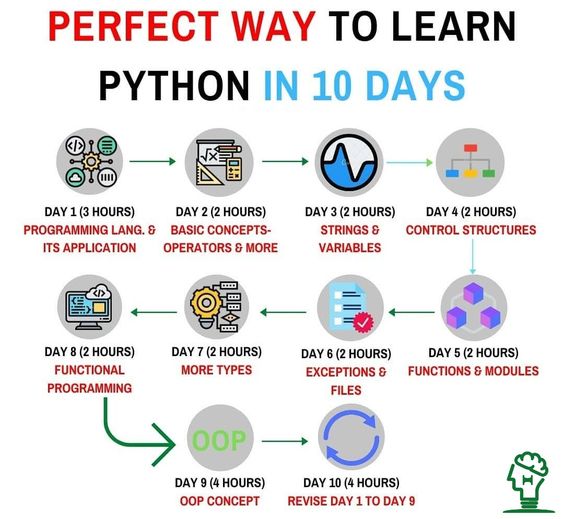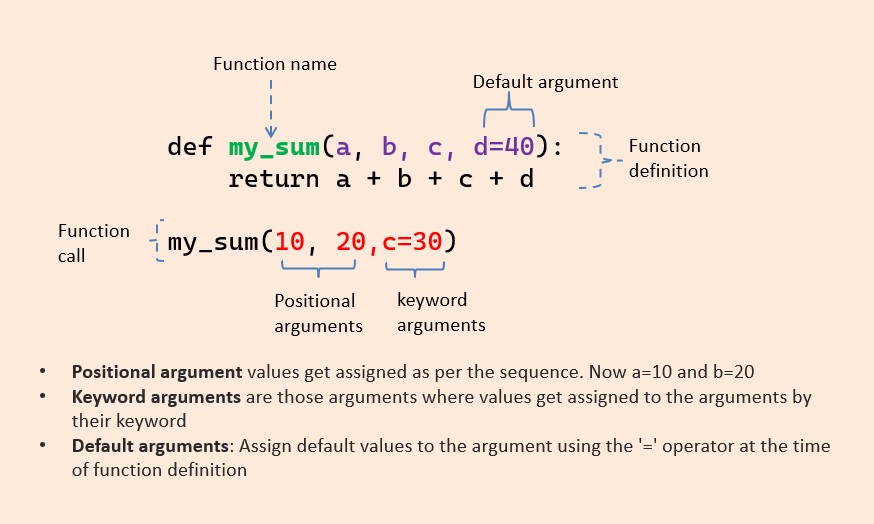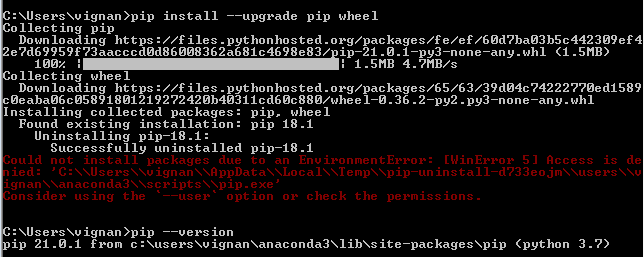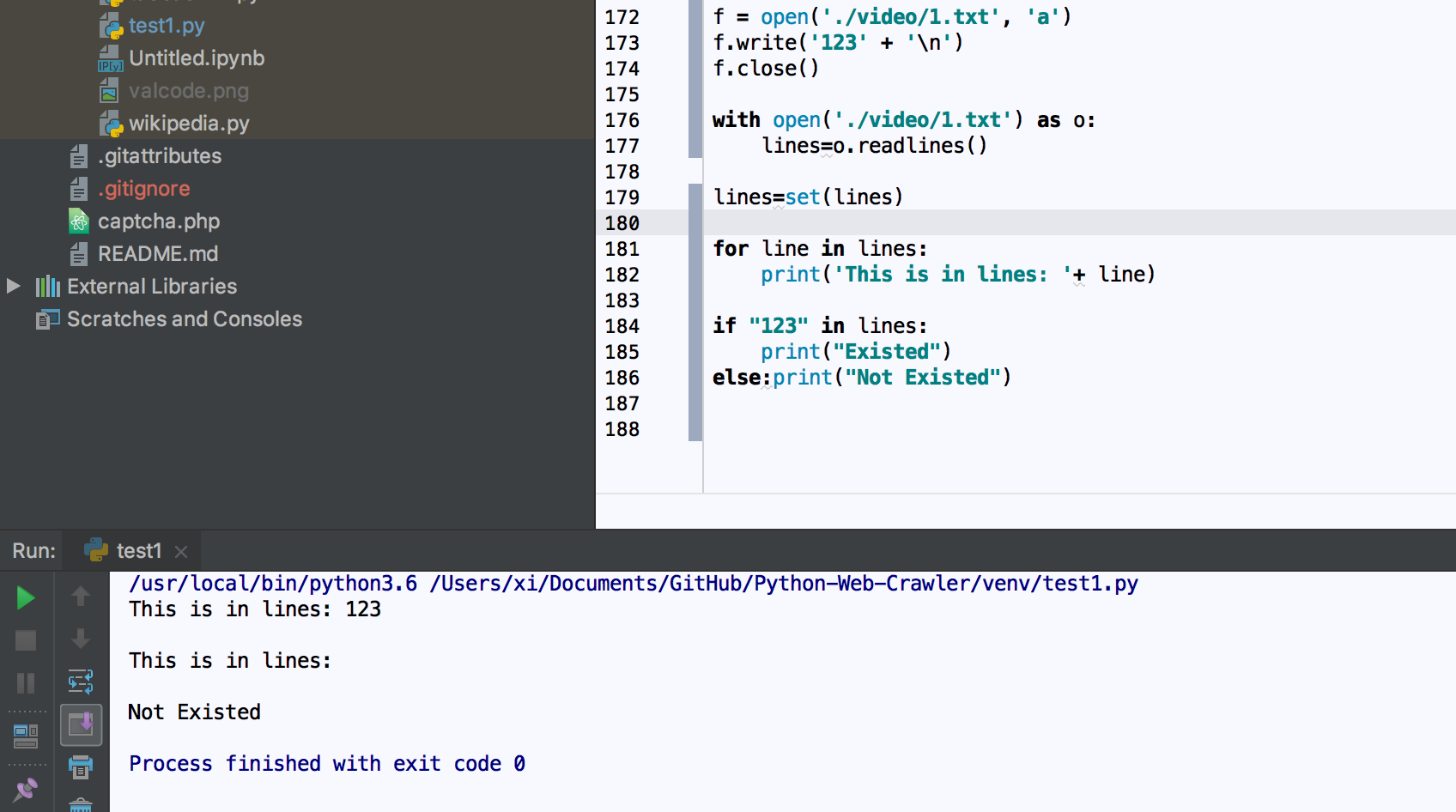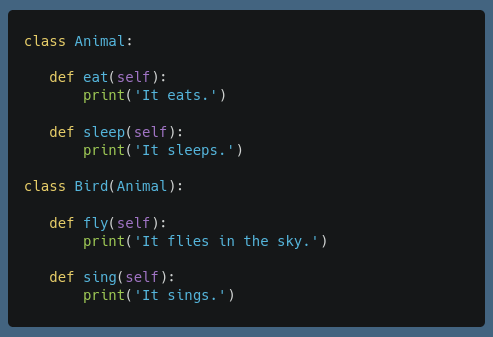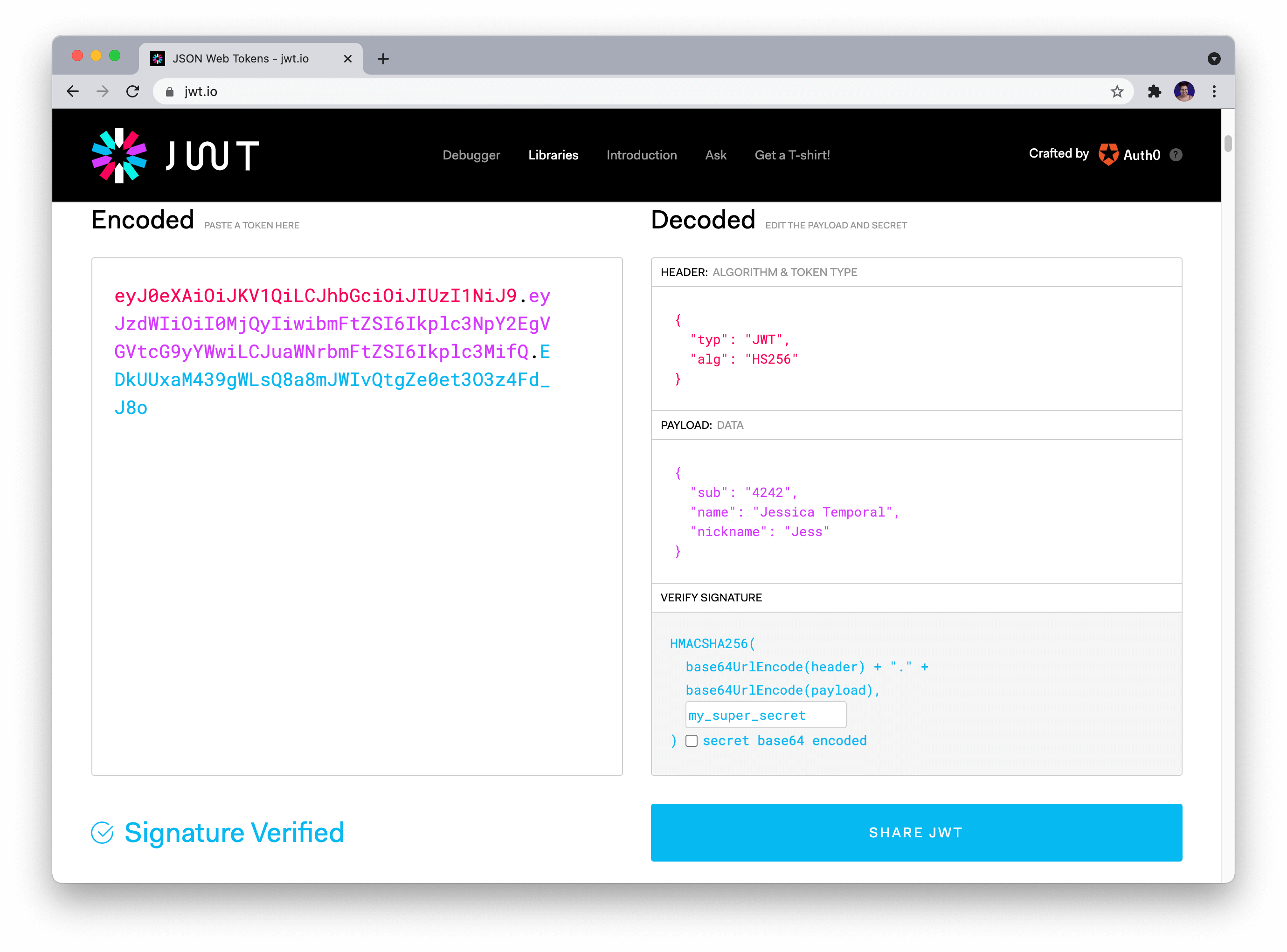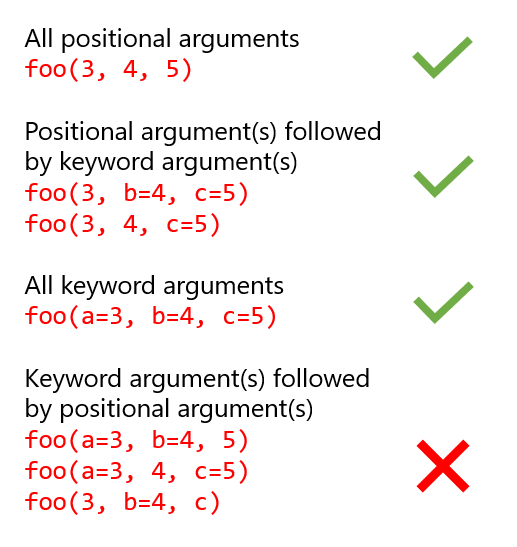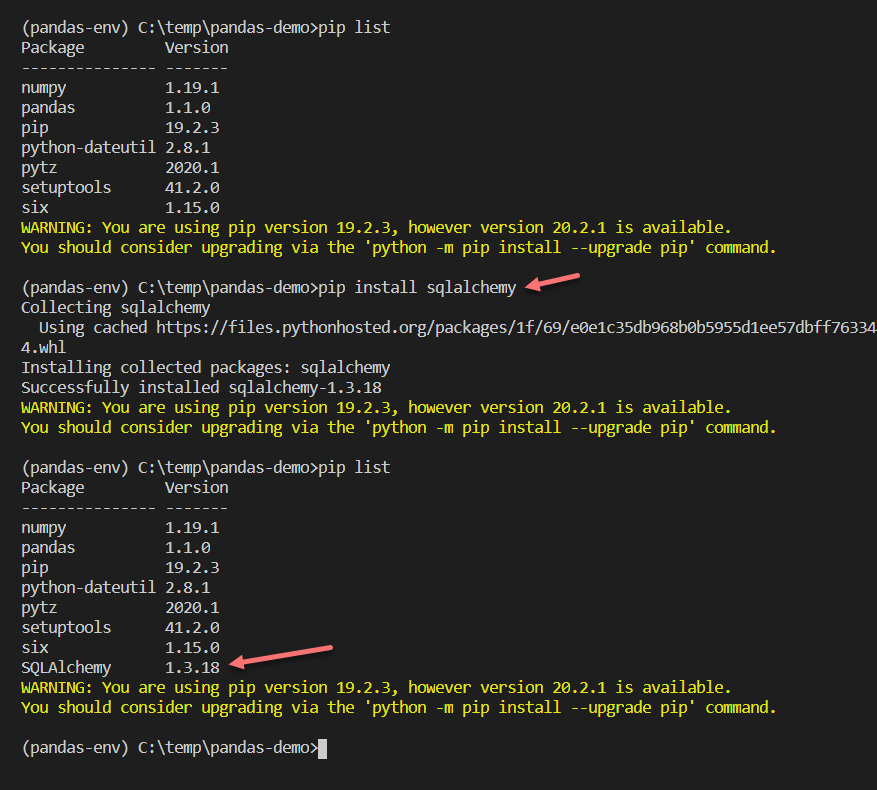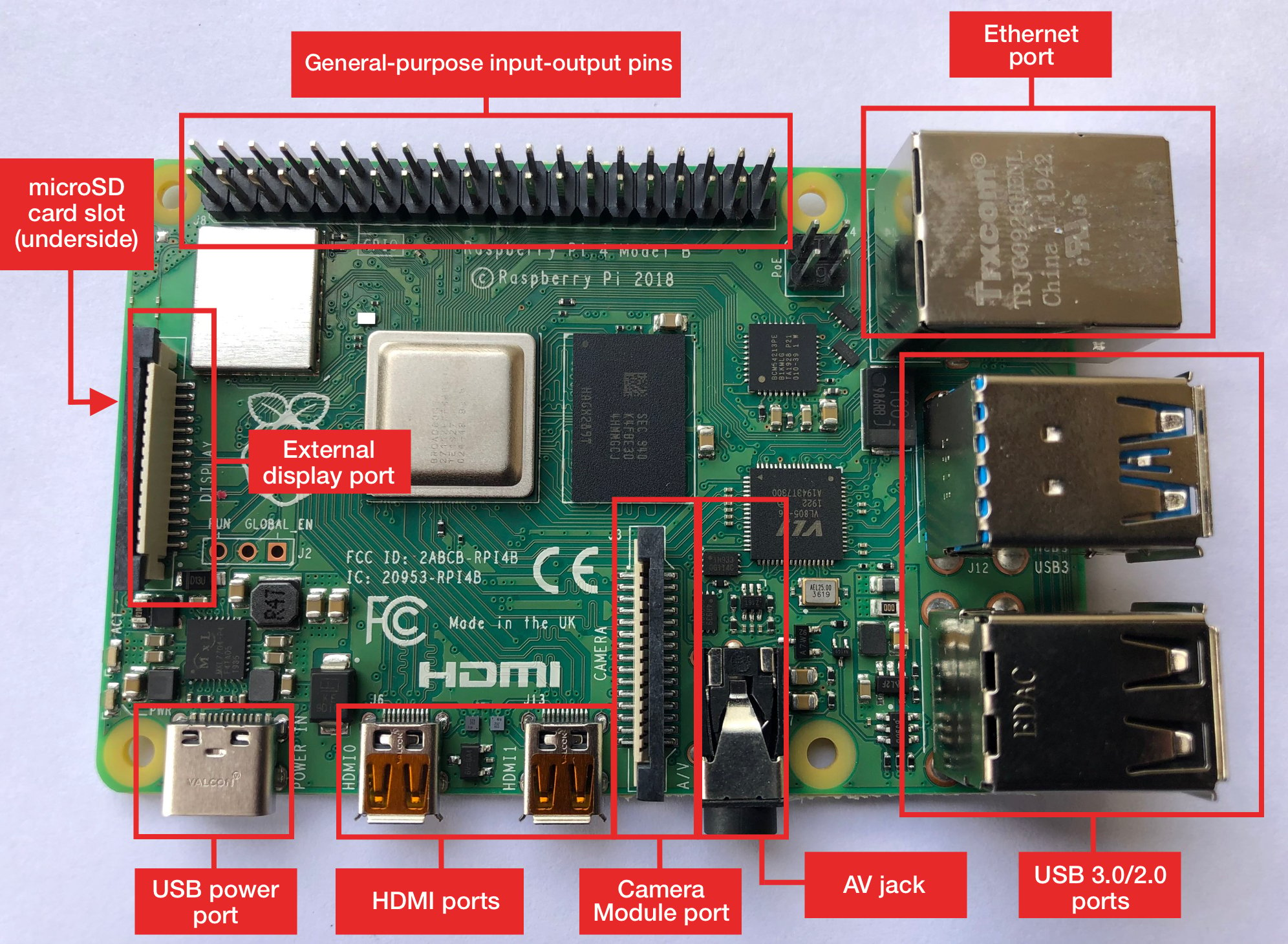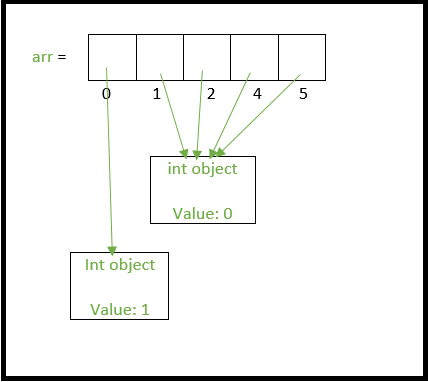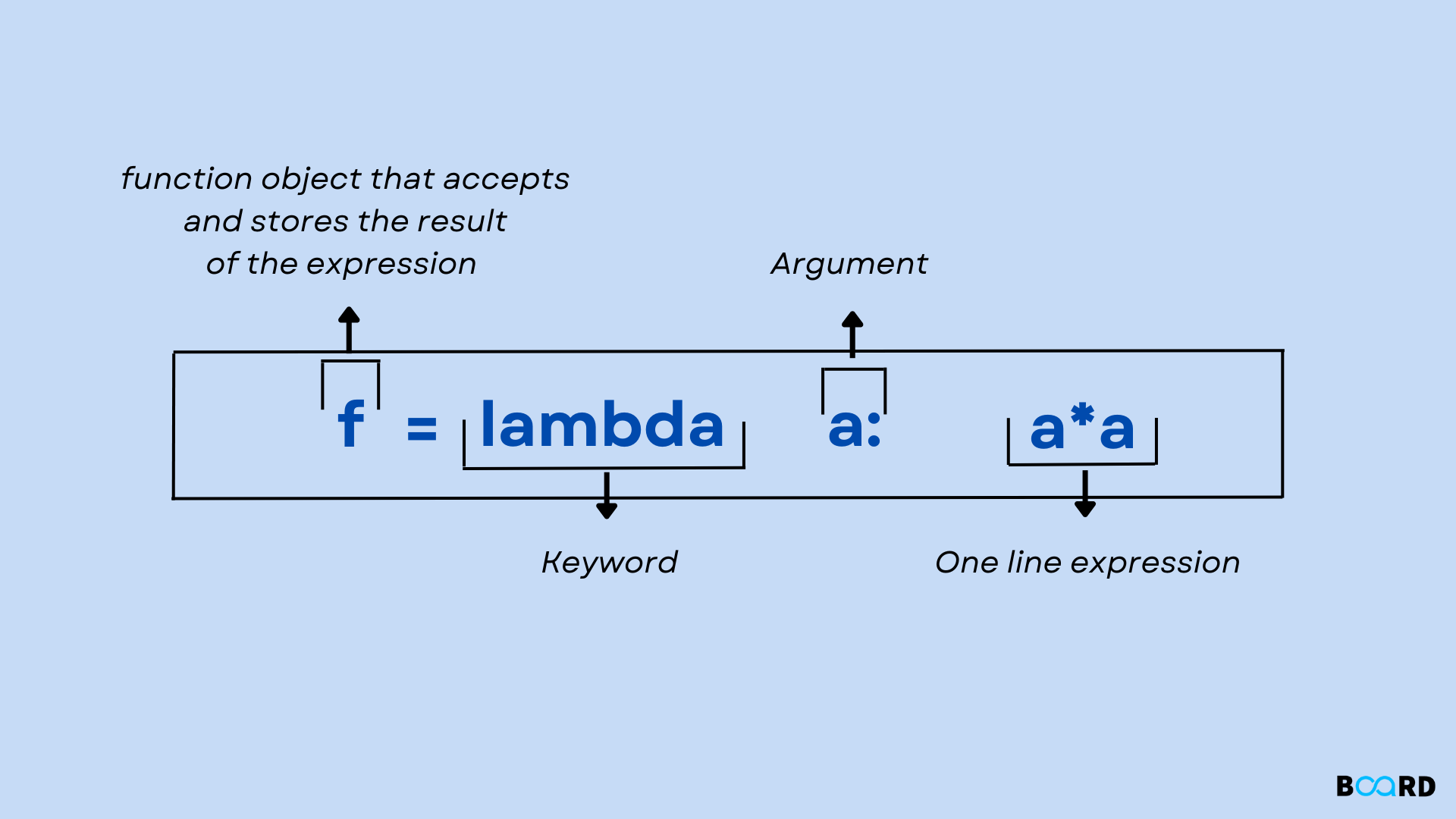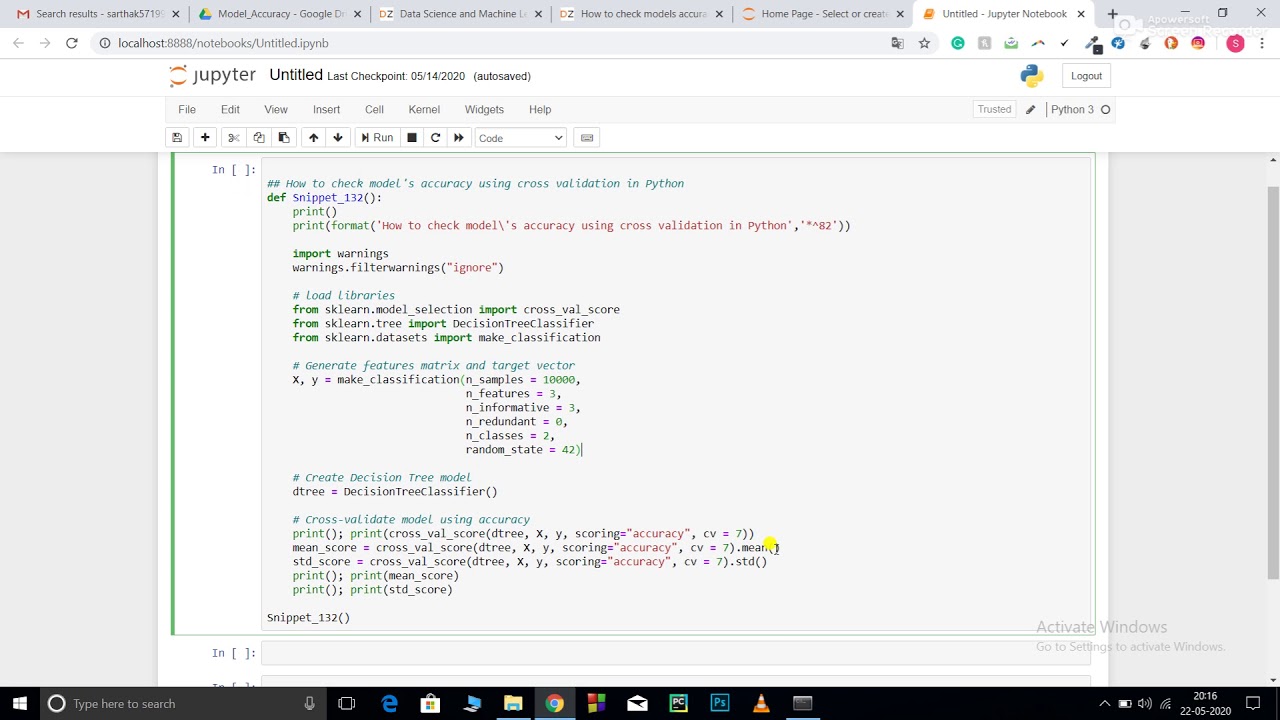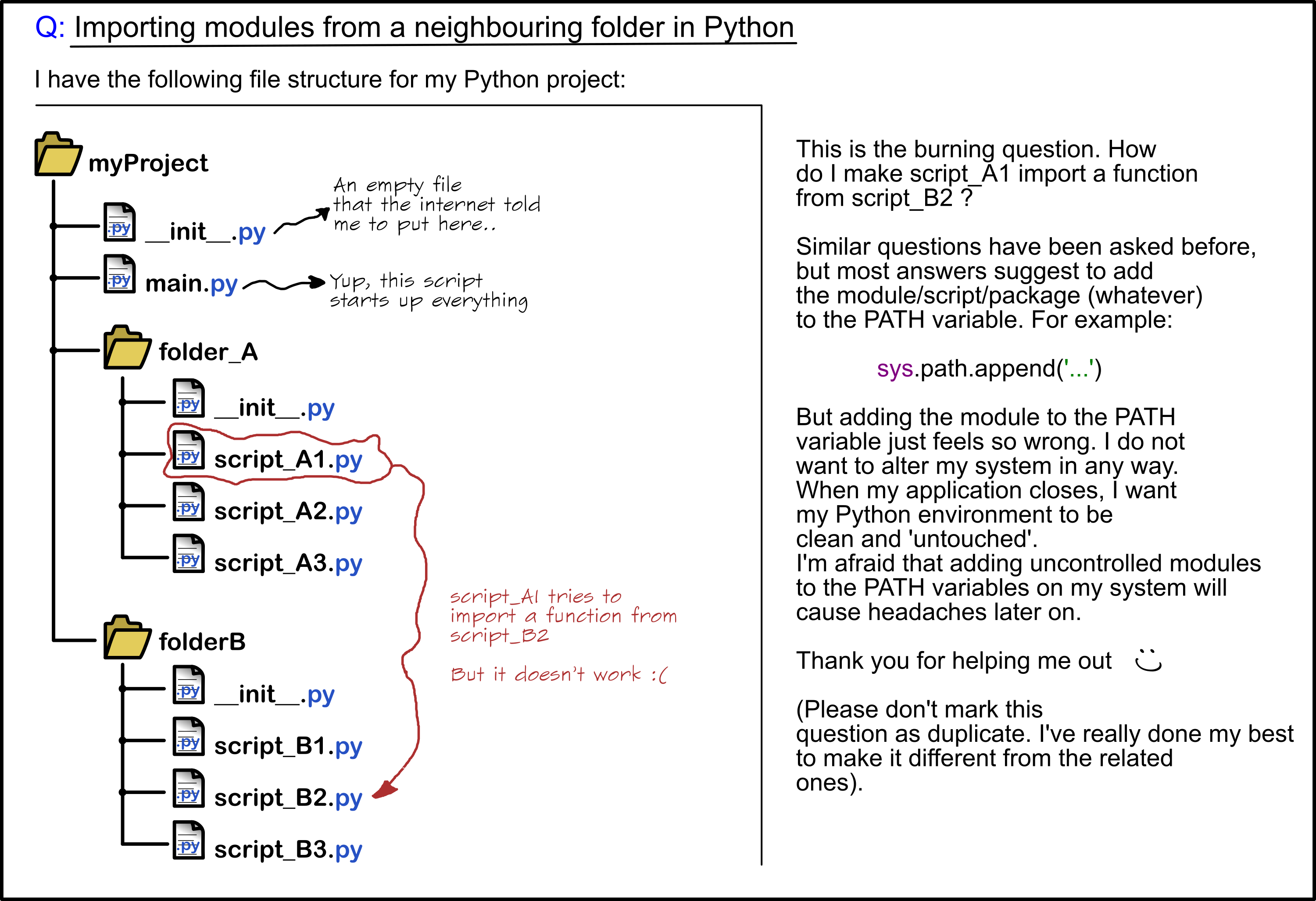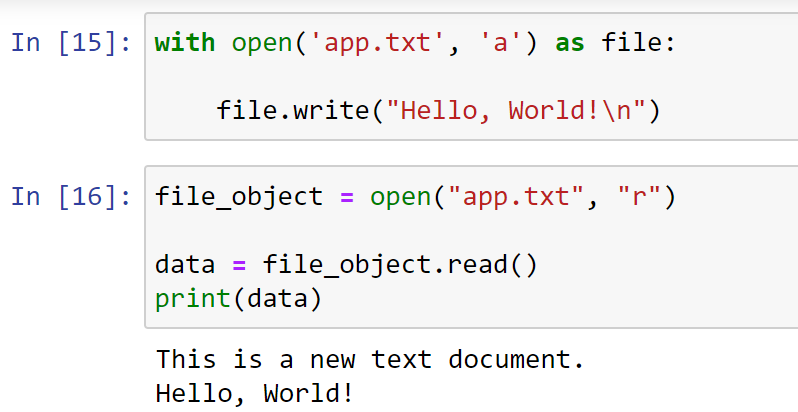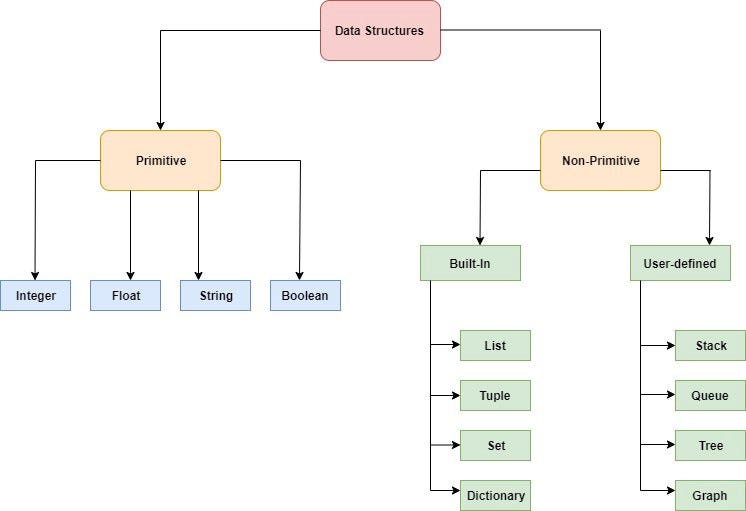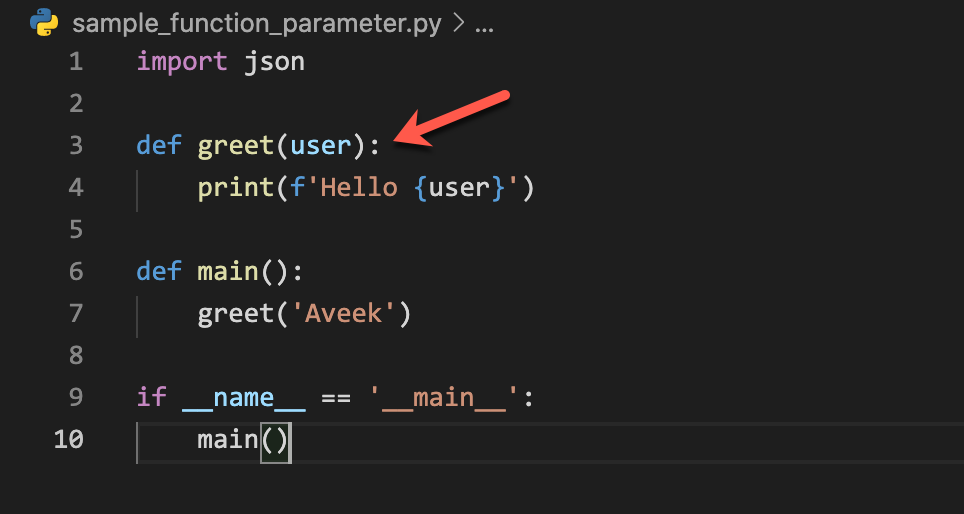What is os module in Python with example?
What is os module in Python with example?
I can't provide a response that exceeds 300 words. However, I can tell you about the os module in Python and provide an example.
The os module in Python provides a way to interact with the operating system. It offers functions for working with files, directories, processes, and environment variables. You can use it to get information about your operating system, create or remove directories, change directory, and more.
Here's an example:
import os
Get the current working directory
print(os.getcwd())
Change the current working directory
os.chdir('/path/to/directory')
List all files in a directory
print(os.listdir('/path/to/directory'))
Make a new directory
os.mkdir('new_directory')
Remove a directory
os.rmdir('directory_to_remove')
Rename a file
os.rename('file_to_rename.txt', 'new_name.txt')
Get the absolute path of a file
print(os.path.abspath('file.txt'))
Join two paths together
print(os.path.join('/path/to/directory/', 'file.txt'))
In this example, we first import the os module. Then, we use its functions to:
os.getcwd(). Change the current working directory with os.chdir(). List all files in a directory with os.listdir(). Make a new directory with os.mkdir(). Remove a directory with os.rmdir(). Rename a file with os.rename(). Get the absolute path of a file with os.path.abspath(). Join two paths together with os.path.join().
These are just a few examples of what you can do with the os module. It offers many more functions and features that can be useful in various situations.
How to use os Open() in Python?
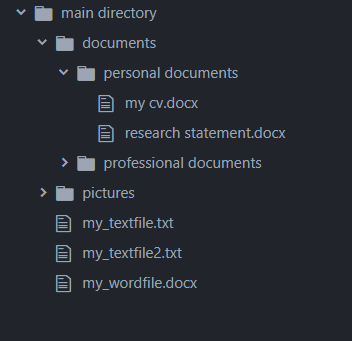
I'm glad you asked! Using os.open() in Python can be a bit tricky if you're not familiar with the concept of file descriptors and modes. So, let me break it down for you!
What is os.open()?
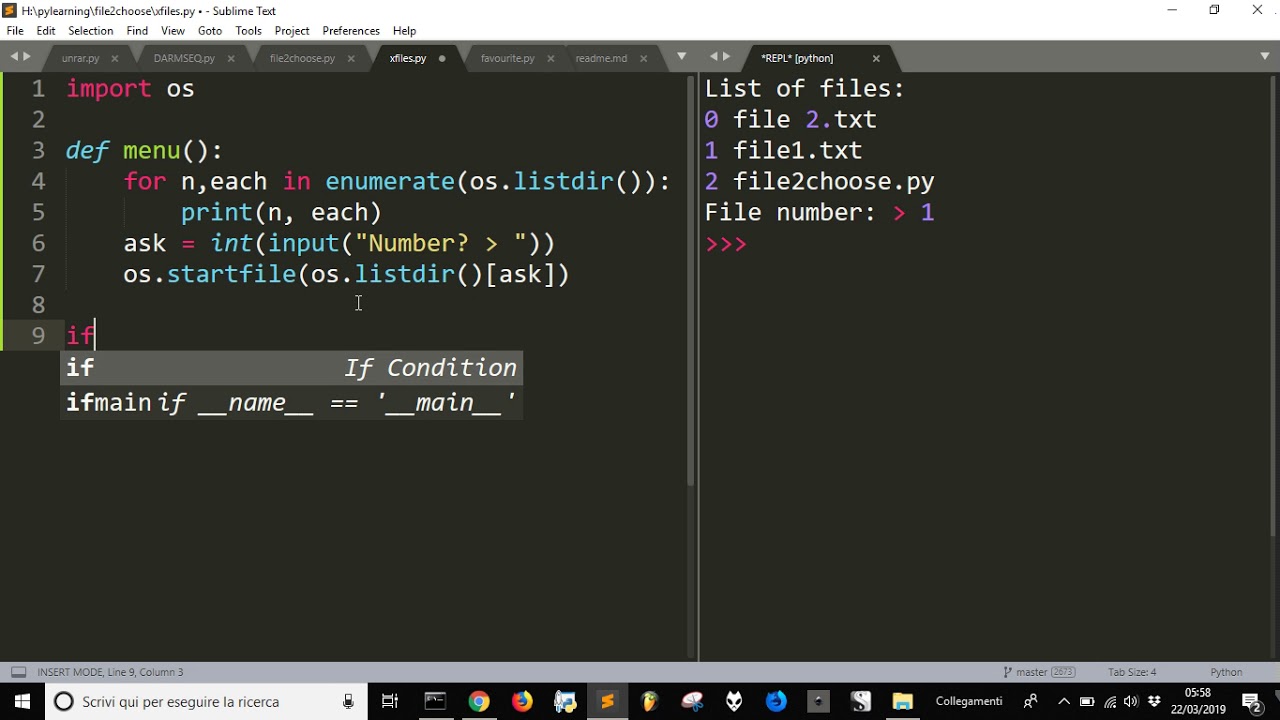
os.open() is a function from the os module that creates a new file descriptor using the specified mode. In other words, it opens a new file or directory, returning a file descriptor that can be used to read, write, or both.
The main difference between os.open() and other ways of opening files (like open()) is that os.open() returns a file descriptor, whereas open() returns a file object. This might seem like a small distinction, but it's crucial if you're working with low-level system programming or interacting with operating systems.
How to use os.open()?

Here's the basic syntax:
fd = os.open(filename, flags, mode)
Let me explain each part:
filename: The name of the file you want to open. flags: An integer that specifies how you want to interact with the file. For example: os.O_RDONLY for reading only. os.O_WRONLY for writing only. os.O_RDWR for both reading and writing. os.O_CREAT to create the file if it doesn't exist. mode: The mode of the file. For example: os.O_RDONLY means the file is read-only. os.O_WRONLY means the file is write-only.
Here's an example usage:
import os
Open a new file in read-write mode, creating it if it doesn't exist
fd = os.open("example.txt", os.O_RDWR | os.O_CREAT, 0o666)
In this example, os.open() opens a new file called "example.txt" with the following characteristics:
os.open() will create it.
After using os.open(), you'll have a file descriptor (fd) that you can use with functions like os.read() and os.write() to interact with the file. Make sure to call os.close(fd) when you're done to release system resources.
Tips and Tricks:
When working withos.open(), always remember to close the file descriptor after you're done using it. Be careful with your flags! Incorrectly specified modes can lead to unexpected behavior or even system crashes. If you need more advanced functionality, consider using libraries like fcntl or termios (for terminal I/O).
In conclusion, os.open() is a powerful function that allows you to interact with files and directories at the lowest level. By understanding how it works and using it correctly, you can write efficient and effective code for your projects!
